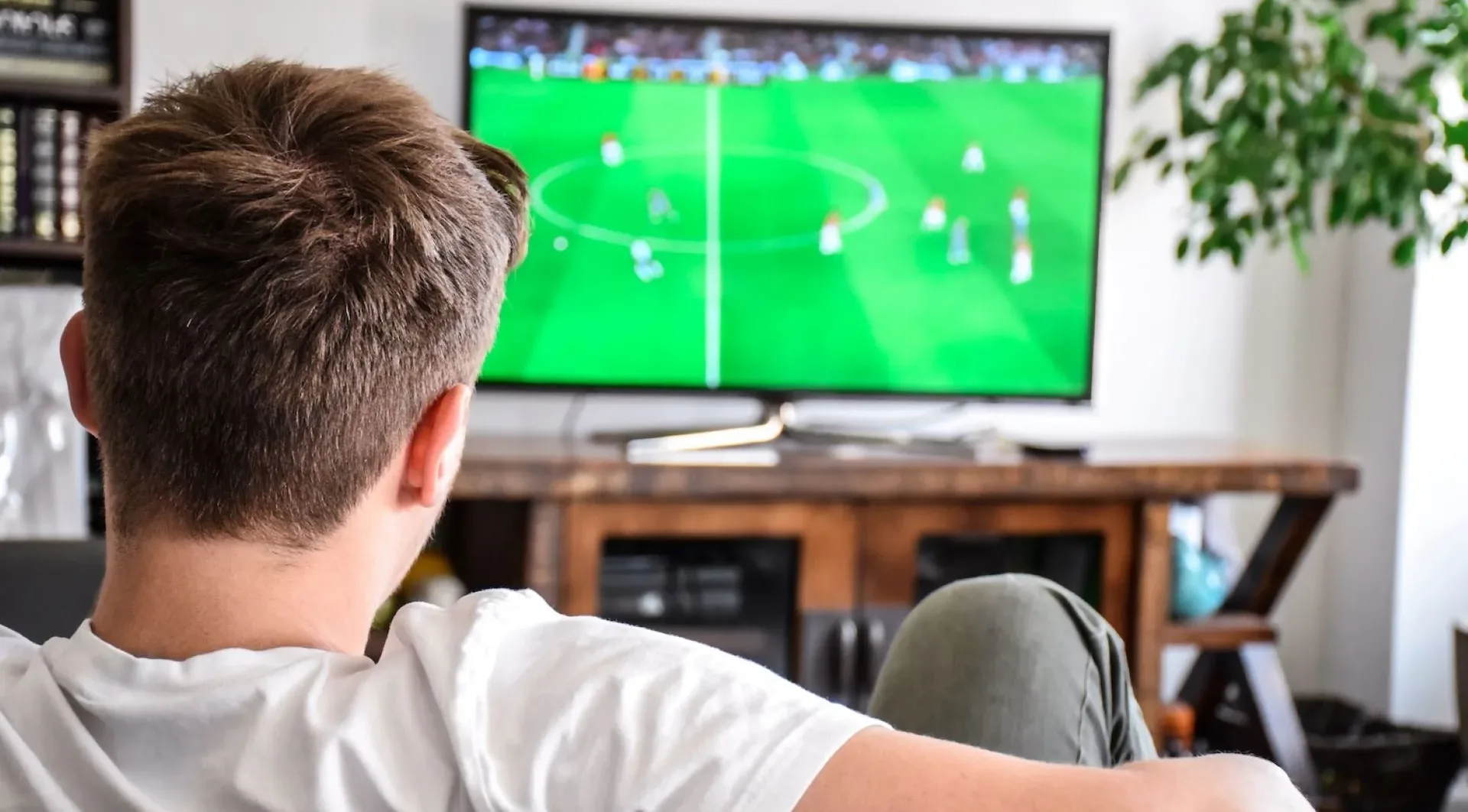Engaging Class 3 activities are key to sparking a love for learning in third-year students.
Whether you’re a teacher or a parent, finding creative ways to keep children interested can be an enjoyable challenge.
From designing superheroes to experimenting with ice and salt, there are numerous activities that capture pupils’ imaginations while meeting learning goals. These activities are perfect for developing problem-solving skills and encouraging curiosity.
Incorporating interactive games and hands-on projects creates an exciting classroom environment.
Children love participating in activities like Copy Cats or Bingo, where they can learn through play. Games help children practise maths skills and teamwork, making lessons more dynamic and enjoyable.
Be sure to explore activities that cater to different learning styles, ensuring that every pupil finds something they love.
For parents looking to support teachers, partnering on projects like lion crafts can engage your child’s creativity and fine motor skills.
With just paper and markers, you can make learning about animals a fun, crafty experience. Keeping the activities varied and exciting helps maintain their interest both in and out of the classroom.
Core Academic Skills in Year 3
In Year 3, students build on the basics learned earlier to develop crucial skills in maths, literacy, and science. These skills help children think critically, solve problems, and communicate effectively.
Advancing Maths Abilities
Year 3 pupils dive deeper into mathematics by exploring topics such as addition, subtraction, multiplication, and division. Understanding these operations sets the stage for mastering more complex concepts like fractions and decimals.
Engaging in maths puzzles and hands-on activities strengthens their problem–solving and analytical skills.
You can help children grasp new ideas with fun strategies. Use games or projects that mix maths with real-life scenarios. Encourage pupils to explore shapes and spaces to enhance their geometry skills.
By introducing algebra, learners begin to appreciate patterns and relationships between numbers. Fostering a strong number sense is key to making maths both enjoyable and intuitive.
Developing Literacy and Language
Year 3 pupils work on expanding their reading and writing abilities. Building upon their vocabulary, they learn to create well-structured sentences and paragraphs. This is essential for crafting stories or reports.
Reading fluency improves through regular practice, enabling children to read aloud smoothly and better understand diverse texts.
Communication skills are developed through group discussions and activities.
Encourage them to express thoughts clearly and effectively. By focusing on language skills, you can nurture a love for reading and writing.
Introduce new words in playful contexts, helping them discover language as a powerful tool for expression. This approach not only builds literacy but also boosts confidence in speaking and listening.
Exploring Science and Social Studies
In science, Year 3 pupils explore the wonders of life sciences and engineering. Often, this involves experimenting with the scientific method, encouraging questioning and observation. It’s important to nurture a child’s curiosity about the world.
Social studies open doors to understanding geography, economics, and history. Through maps and stories, you can guide pupils in discovering different cultures and communities.
Simple projects like drawing timelines or building models can help them connect with past events and places.
Encouraging critical thinking and mindfulness assists them in appreciating both natural and social environments. These skills form a foundation for lifelong learning and inquiry.
Creative and Physical Development
Fostering creativity and physical skills is essential for Year 3 pupils. You’ll find engaging activities that boost imagination, encourage teamwork, and enhance social skills while supporting physical growth.
Artistic Expression
Encouraging children to express themselves through art aids their creative thinking.
Simple activities like drawing and painting can highlight colours and textures. Create tasks such as crafting a self-portrait to help children explore their identity and creativity.
- Brain Break: Use short breaks to allow spontaneous creativity.
- Materials: Provide a variety of art supplies, like markers, crayons, and paints.
- Themes: Themes like nature or emotions can guide exploration.
Creating art enhances communication skills by encouraging children to share their interpretations and experiences.
Music and Movement
Music and movement activities are engaging and help develop rhythm and coordination.
Simple dance routines or games like bean bag toss improve physical agility while offering a fun outlet for creativity.
Interactive Music:
- Play different types of music and have children express what they feel through dance.
- Encourage them to create simple songs or rhythms using everyday objects.
Using music-related activities helps improve communication and social interactions as children explore together.
Playing and Team Building
Playing games and team activities develops critical thinking and teamwork.
Games such as Pictionary and foster creativity and problem-solving.

Games for Collaboration:
- Scavenger Hunt: Organise a hunt that encourages cooperation and healthy competition.
- Teamwork Challenges: Set up mini-challenges where teams must work together to solve puzzles.
These games help children learn collaboration and social skills while still having fun. Focus on building communication skills through these activities.







